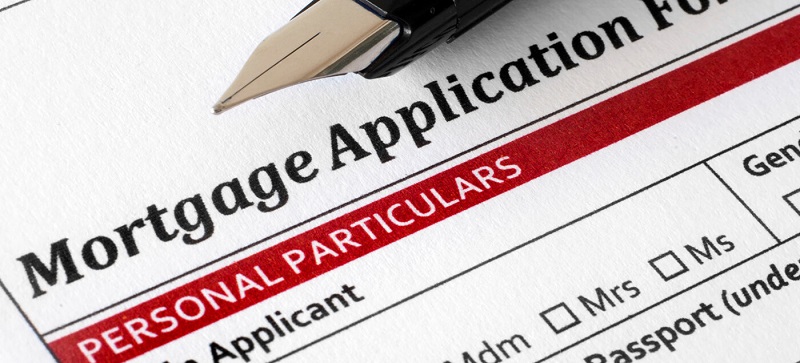Propertytoday.com.au ,September4 2023
The nation’s biggest home lender, Commonwealth Bank (CBA) has upgraded its house price forecasts aligning with the optimistic outlook shared by the other big banks.
Only a few months ago in May, the CBA revised its original forecast that home values would fall 6 per cent this year, instead suggesting that prices will gain 3 per cent by the end of December.
Now they have upgraded their forecasts again expecting prices to rise 7% in 2023, this time citing the unprecedented surge in immigration and ongoing supply shortage.
In their updated forecast CBA economists stated:
The pace of gains since then have exceeded our expectations.
The lack of new listings on the market, tight rental markets and strong population growth have pushed up prices more than expected.
As a result, our May forecast has already been met this year. Gains in calendar 2023 to August sit at 4.7%.
Given the current momentum in the market we revised up our estimate for home prices gains in 2023 to 7% last week.
We still expect a 5% gain in 2024.
This increase would take home prices 2.3% above the last peak reached in April 2022, before a 10% peak to trough fall occurred as the RBA began to lift interest rates.
The table below shows the outcomes expected by the Commonwealth Bank.
What's ahead?
CBA commented:
Much of the driver of home prices from here will be driven by the level of supply.
As we noted above, new listings and total advertised stock remain below average levels.
We could see a lift in supply over the normal spring selling season which could slow the pace of monthly gains. However there is considerable uncertainty around this.
A lift in listings requires people to sell, normally this would be either through upgraders, or investors looking at moving on. Challenges around refinancing given the level of interest rates could make this harder also.
At the same time, a lack of supply of housing for both renting and owning is contributing to very low vacancy rates at a time when population growth is high.
We see the outcome being this continued lift in prices to buy and prices to rent.
Leaning against this trend though is a behavioural response to high rents and low vacancy rates.
We have seen a lift in household formation rates, with people moving back to share houses and living together. The number of people per home has risen.
Look at the turnaround!
The year began with a plethora of predictions from the senior economists of all our Big 4 banks, and they all suggested property prices would fall in 2023.
Yet Australia’s housing markets continued to defy their expectations!
• Dr Andrew Wilson’s My Housing Market reported that the national housing market continues to rise, albeit at a slower rate of 0.7% over the month of August - and increasing now over seven consecutive months.
According to Dr Wilson, the national capital city quarterly median house price increased by 5.6% so far this year - rising to $1,063,071
• CoreLogic’s national Home Value Index posted a 6th month of recovery with national Home Value Index (HVI) rising 0.8% in August. The monthly gain was a slight acceleration from the 0.7% increase in July, interrupting a two-month trend of slowing capital gains. Since bottoming out in February, the national HVI is up 4.9%, adding approximately $34,301 to the median dwelling value.
• PropTrack reported that Australian home prices jumped again in August, rising 0.28% month-on-month. National prices are now 2.64% higher than a year ago and up 3.51% so far this year according to Proptrack.
ANZ Bank also recently changed its forecasts.
ANZ now expects housing prices in Australia to rise 5-6% in 2023.
In 2024, they expect growth to slow to around 3%, reflecting rising unemployment and the lagged impact of past rate hikes as well as slower population growth.
Then the ANZ expects housing prices to reaccelerate to around 4-5% in 2025 supported by a modest cut in interest rates.





